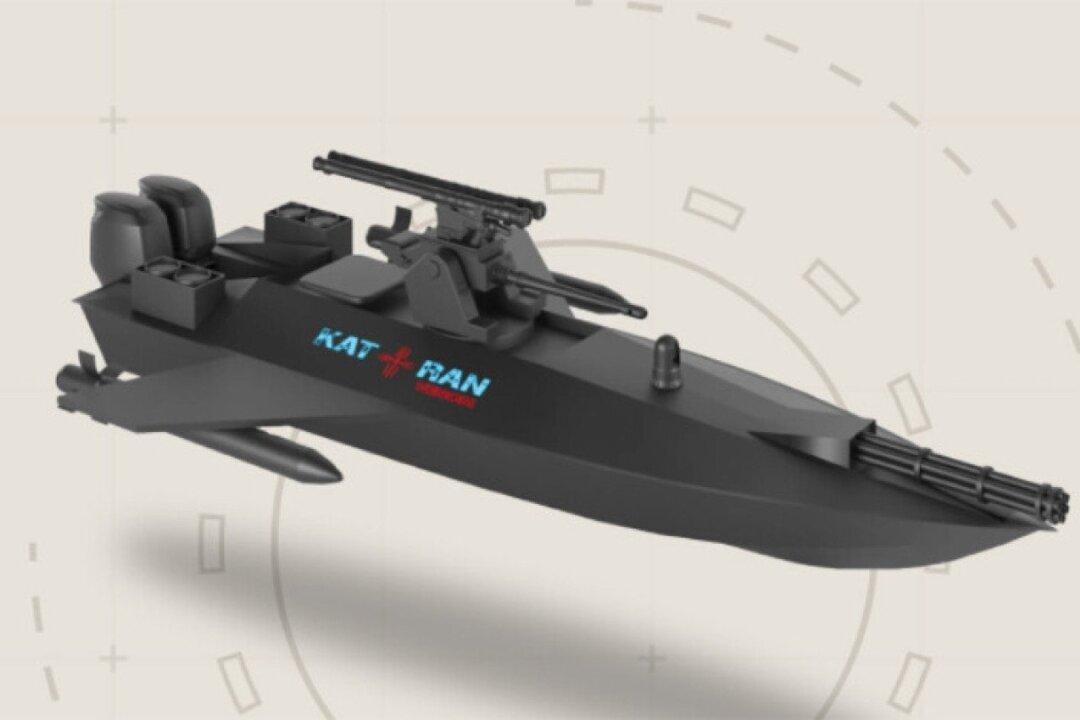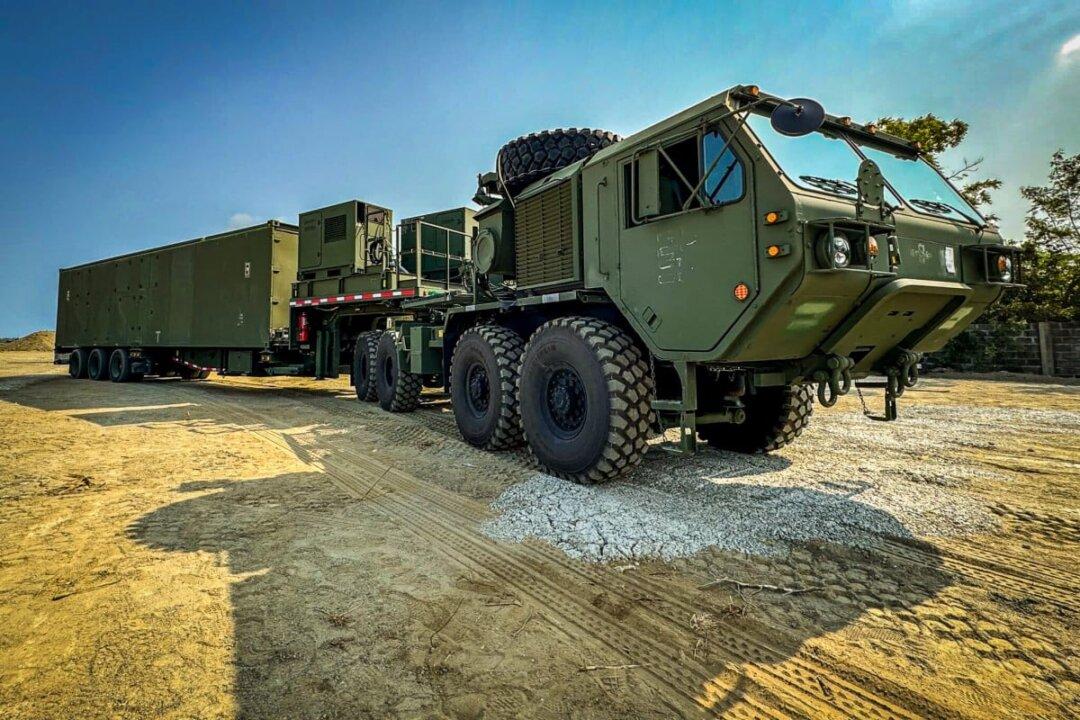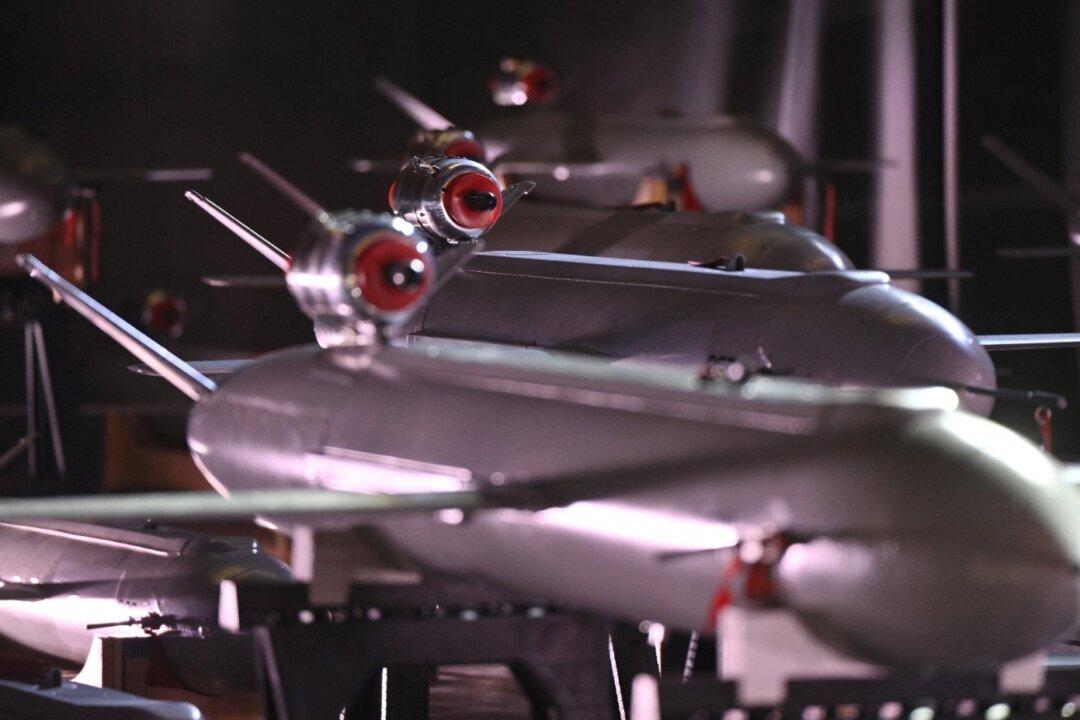Arms sales continue to grow among the world’s top weapons manufacturers despite the shrunken global economy in 2020, with U.S. companies ranking first and Chinese second.
On Dec. 6, the Stockholm International Peace Research Institute (SIPRI) released the latest ranking of the world’s top 100 arms-producing and military services companies in terms of total arms sales. In 2020, total arms sales worldwide reached $554.6 billion, an increase of 2.5 percent from 2019.





